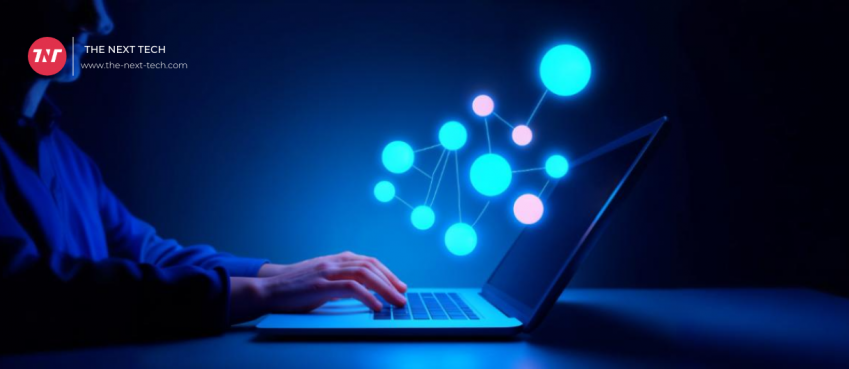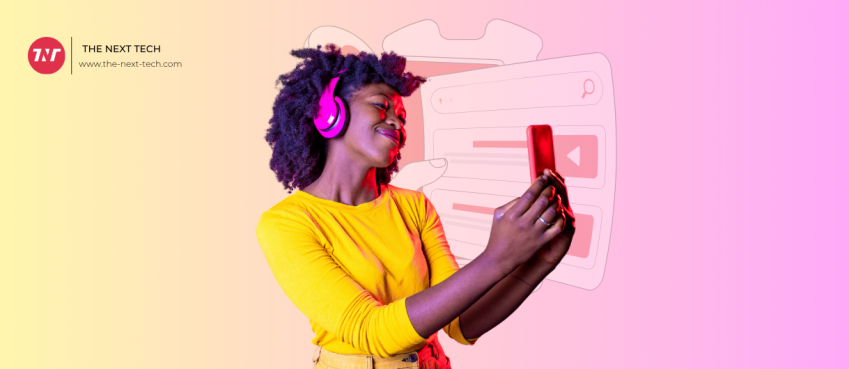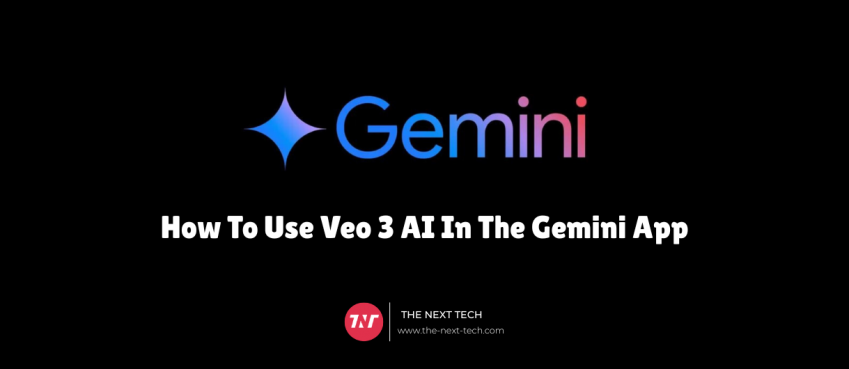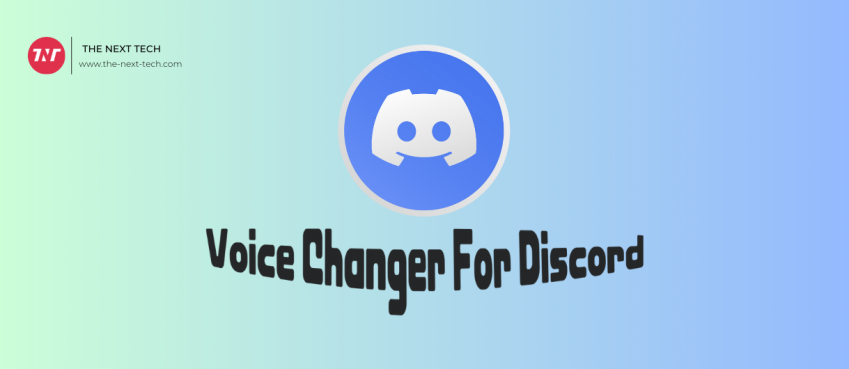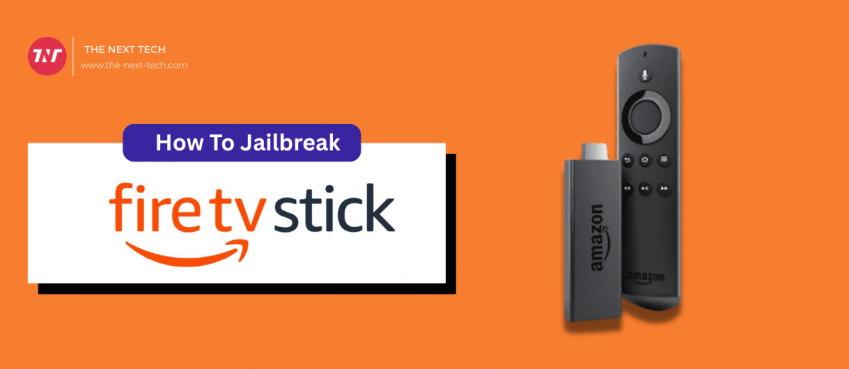
Majority of businesses and startups first think logically and build an application for one platform. This is because they are just experimenting with the latest platform to acquire new customers or they just don’t possess enough resources.
However, on getting expected results after a certain period of time, they just think about porting their Android app to iOS or Vice Versa.
Moreover, various popular firms such as Instagram and Airbnb has followed the same strategy.
Hence, if you are also looking forward to improving your mobile presence, then you have reached the right place. Here, we will provide you with step by step process for the same.
But, before you port your app from iOS to Android or vice versa, you should be familiar with some of the important tips.
Essential Things to Consider while porting an App from Android to iOS or Vice Versa
1. App Architecture
When you are thinking of converting your app from Android to iOS or vice versa, the most important thing to decide is the minimum iOS or Android version that should be supported by your app. When you want to build a similar app for both platforms, you have to ensure that the app’s OS version remains the same and they should provide enhanced user experience.
First, you should consider which OS version your app should support and then consider Android or iPhone App Development accordingly. As Android 10 is released now, a developer should consider Android 4.4 (KitKat) as the minimum android version to cover the majority of devices. Similarly, iOS 13 has been available to the public, make sure that your app supports minimum iOS 10.
Also read: Top 10 Marketplace For Selling Digital Products2. Design UI/UX Considerations
User Interfaces of both Android & iOS should not overlap. Hence, one can’t reuse the same interface on both platforms. Moreover, Android & iOS users are hooked to their specific OSes and hence it is suggested to follow all design principles.
Some of the most important factors that one should consider in design considerations are as follows:
Icons: The main difference is iOS icons are thinner while Android icons are bold
Fonts: Default font used in iOS are San Francisco or Helvetica Neue and for Android is Roboto.
Buttons: Android consists of flat or floating action button, while iOS only consists of flat buttons with shadows.
Text Alignment: Android apps are mainly left aligned while iOS apps are center aligned.
Lists: Looks, animations, and behavior of both the platforms differ a lot.
Alerts & Notifications: The format of sending notifications & alerts on both the platforms differ a lot.
3. Screen Size & Resolution
Before starting the development, a developer has to consider different devices and their screen size because your app must get displayed properly on all the devices.
Currently, there are more than a hundred devices backed up by Android OS, while there are only fewer screen sizes and resolutions.
Surprisingly, android developers don’t have to make prior adjustments for every screen size. The Android system supports various screen resolutions, it is suitable to cover 5-7 sizes. However, the system will be automatically adjusted to the other screens.
4. Device Buttons & Navigation
Another important factor that is useful while converting your app from Android OS to iOS or vice versa includes device buttons. These buttons have a great impact on the overall behavior of a user while he/she is using the app.
Navigation on both platforms is significantly different. Android phones consists of three buttons: Home Button, Back Button, & Multitasking button. However, iPhone only consists of only one button. This overall affects the process of porting an application.
For instance in an android device, if you want to go to the previous screen, then you can tap the back button, while this is not possible for the iPhone.
In the majority of cases, iOS apps have both horizontal & vertical elements, while android apps mainly follow vertical elements. Hence, by converting from one platform to another, one has to take care of this factor.
Also read: Top 10 Websites And Apps Like Thumbtack | Hire Best Local Pros With Thumbtack Alternatives5. Libraries, Frameworks & Code
App developers utilize various third-party frameworks and libraries, where they have to make sure that all the features are similar in both Android or iOS app. In case they are not compatible, then a developer should consider similar libraries and frameworks which can replace it.
Hence, it is vital to verify the compatibility of various frameworks and libraries while porting an app from android to ios or vice versa.
Majority of iPhone apps are developed using the Swift language and android apps are developed using Java or Kotlin. Therefore, you can’t compile the same code in other platform.
In short, when you what to convert app from iOS to Android or other way around, you have to completely code in different programming language.
You can hire android developers who can effectively convert the iOS app to Android that delivers the best performance and all the features.
How to convert an iOS App to Android or Vice versa?
The most effective way to convert an app from Android to iOS or vice versa is by approaching a professional mobile app development company. You can’t convert it using any of the converting platforms. A mobile app development firm will follow the simple steps given below:
1. Review requirements and functionality of the app
First & foremost step for any android or iPhone app development company is to gather and analyze all the materials of the current app. For instance, app design, functional specification, etc should be understood properly. This analysis will help to convert the app considering both business & technical requirements.
2. Make Suitable design for App Porting
While converting an app from android to iOS or other way around, a developer has to code it from the beginning, hence the UI & layout will be completely changed.
A designer has to apply all the UI/UX considerations which we have discussed before.
3. Coding
While converting code from one platform to another, one has to do entire coding from scratch. Apart from programming language, a developer has to also integrate various frameworks & libraries.
Apart from this, you have to also consider tech stack as given below:
Programming Language: Swift 5.1 or Objective C for iOS and Kotlin or Java for Android.
Development OS: Newest Mac OS X for iOS & Ubuntu/MacOS/Windows for Android.
Target OS: iOS11+, WatchOS3.0+, tvOS 10+ for iOS. While Android 4.2 or above.
Integrated Development Environment: Xcode11+ for iOS & Android Studio for Android
Store: App Store for iOS & Google Store for Android.
Apart from this, you can also integrate various third-party app services to increase the speed of your app.
4. Testing & Launch
After developing your app, the next crucial step is to consider quality assurance test. In this process, a developer or a quality assurance engineer conducts different tests such as functional testing, security & access, performance, and load testing, control testing, usability testing, validation testing, & lastly user acceptance.
Before submitting the app to the relevant store, a developer should be familiar with all the App Store or Google Play Store guidelines. Please note that Apple App Store guidelines are strict, therefore you should submit app after reading them properly.
Also read: Snapchat Planets: Order & Meaning Explained (Complete Guide!)Conclusion
Certainly, you can’t convert app from Android to iOS or other way around, using any convertors, code translators, etc. For porting, you need to have a better understanding of logic and coding. In short, you have to code the app from scratch.
An effective solution is to hire an in-house team or a professional Android or iPhone App development company. They will understand all your requirements and provide you the best possible solution.
Top 10 News
-
01
Top 10 Deep Learning Multimodal Models & Their Uses
Tuesday August 12, 2025
-
02
10 Google AI Mode Facts That Every SEOs Should Know (And Wha...
Friday July 4, 2025
-
03
Top 10 visionOS 26 Features & Announcement (With Video)
Thursday June 12, 2025
-
04
Top 10 Veo 3 AI Video Generators in 2025 (Compared & Te...
Tuesday June 10, 2025
-
05
Top 10 AI GPUs That Can Increase Work Productivity By 30% (W...
Wednesday May 28, 2025
-
06
[10 BEST] AI Influencer Generator Apps Trending Right Now
Monday March 17, 2025
-
07
The 10 Best Companies Providing Electric Fencing For Busines...
Tuesday March 11, 2025
-
08
Top 10 Social Security Fairness Act Benefits In 2025
Wednesday March 5, 2025
-
09
Top 10 AI Infrastructure Companies In The World
Tuesday February 11, 2025
-
10
What Are Top 10 Blood Thinners To Minimize Heart Disease?
Wednesday January 22, 2025


